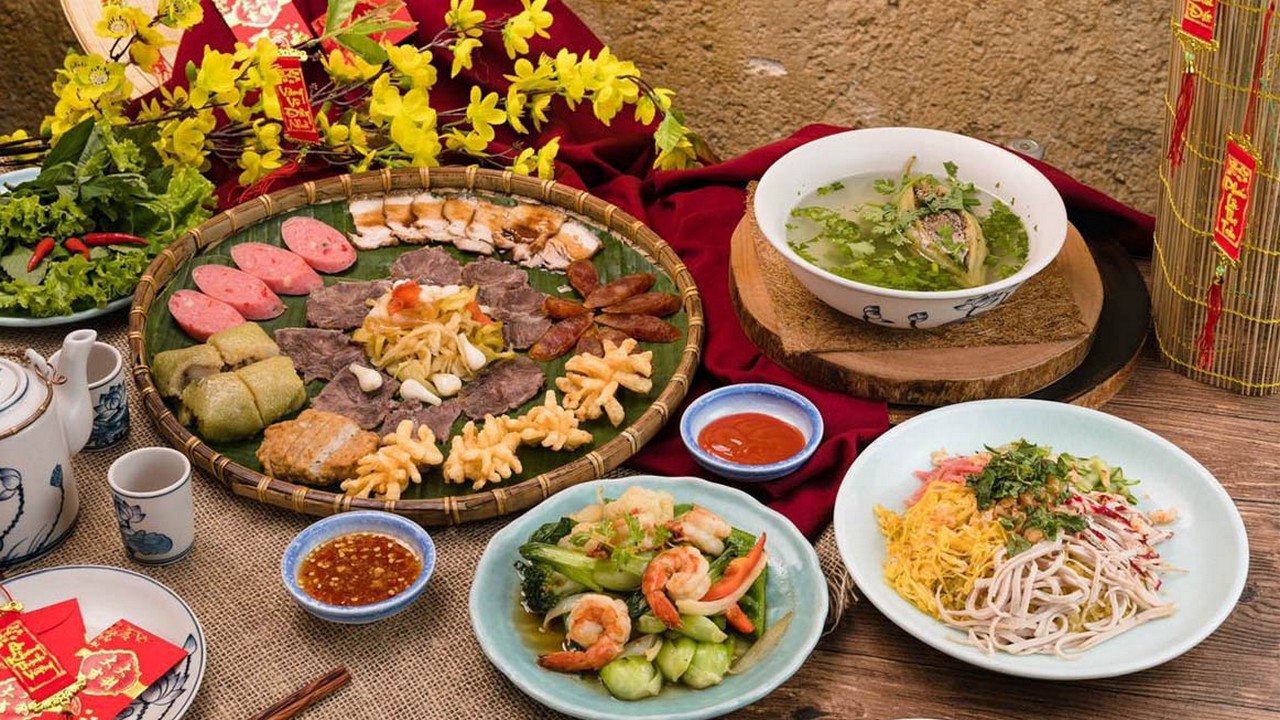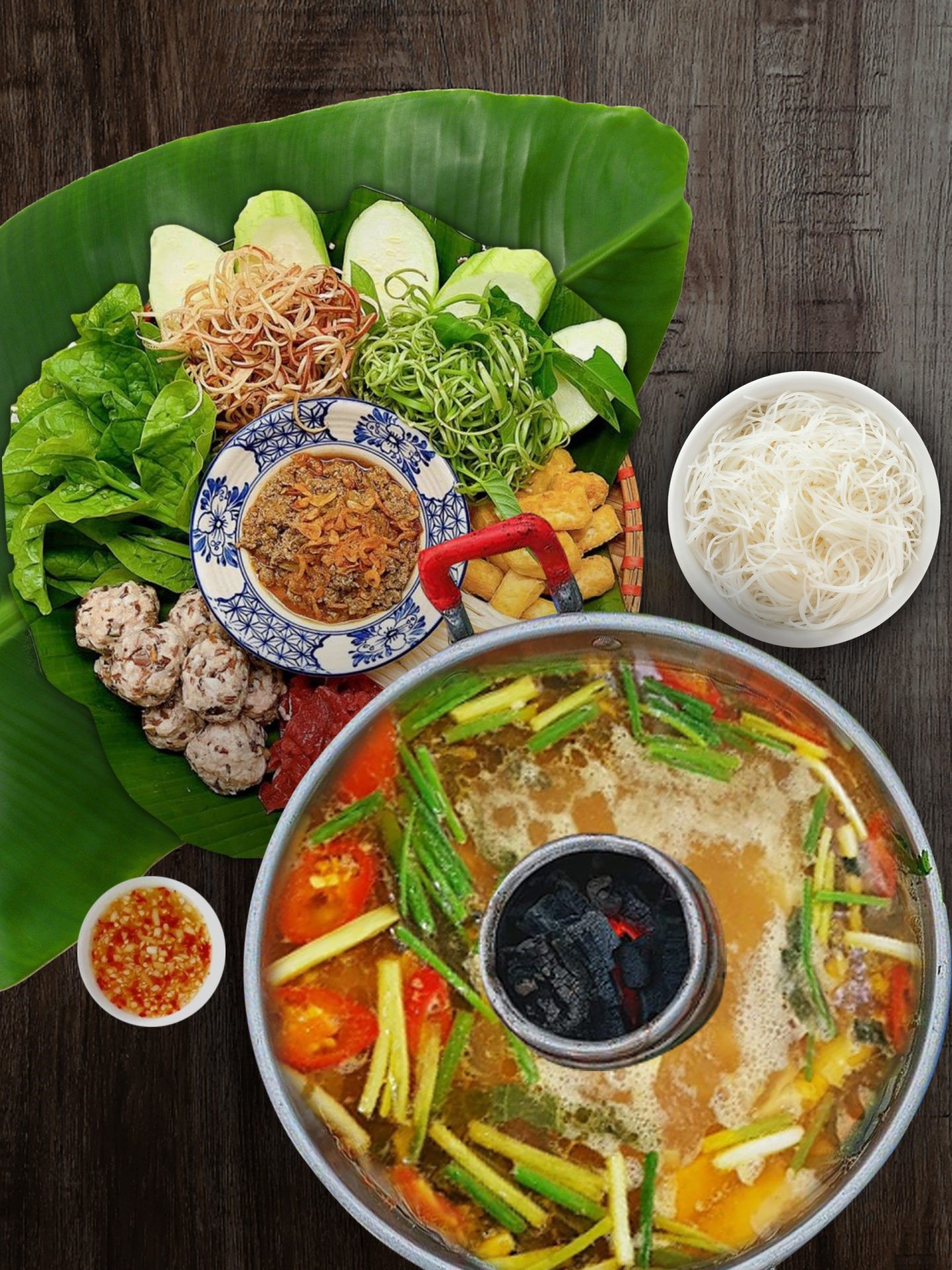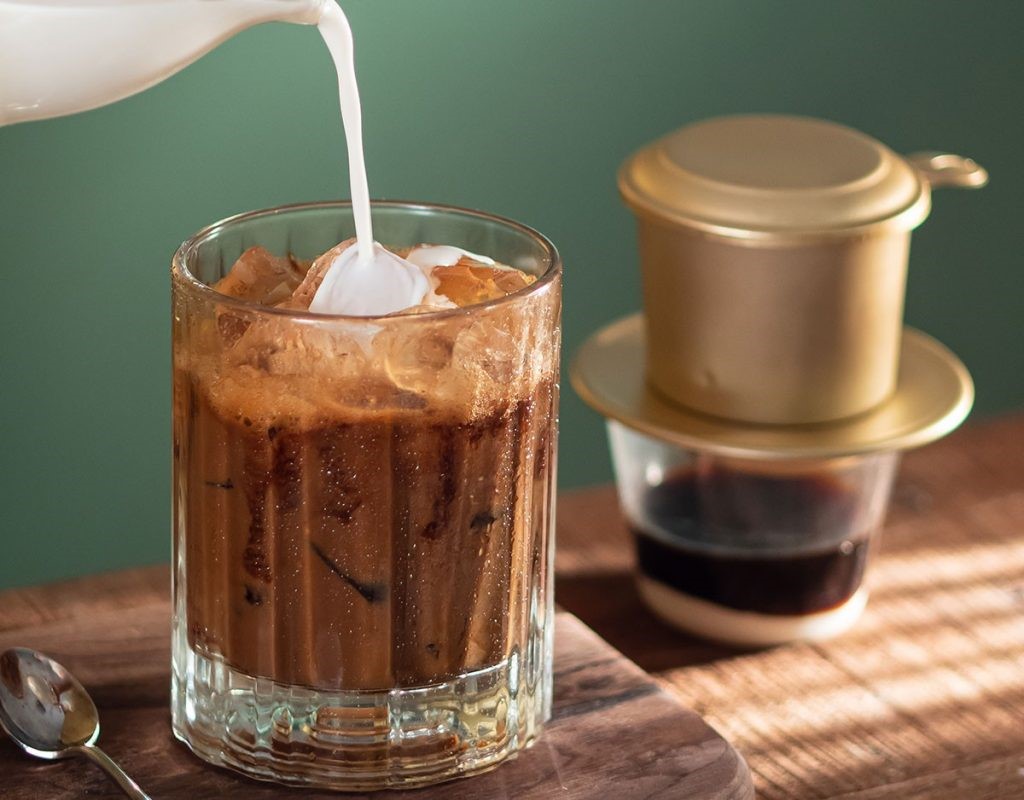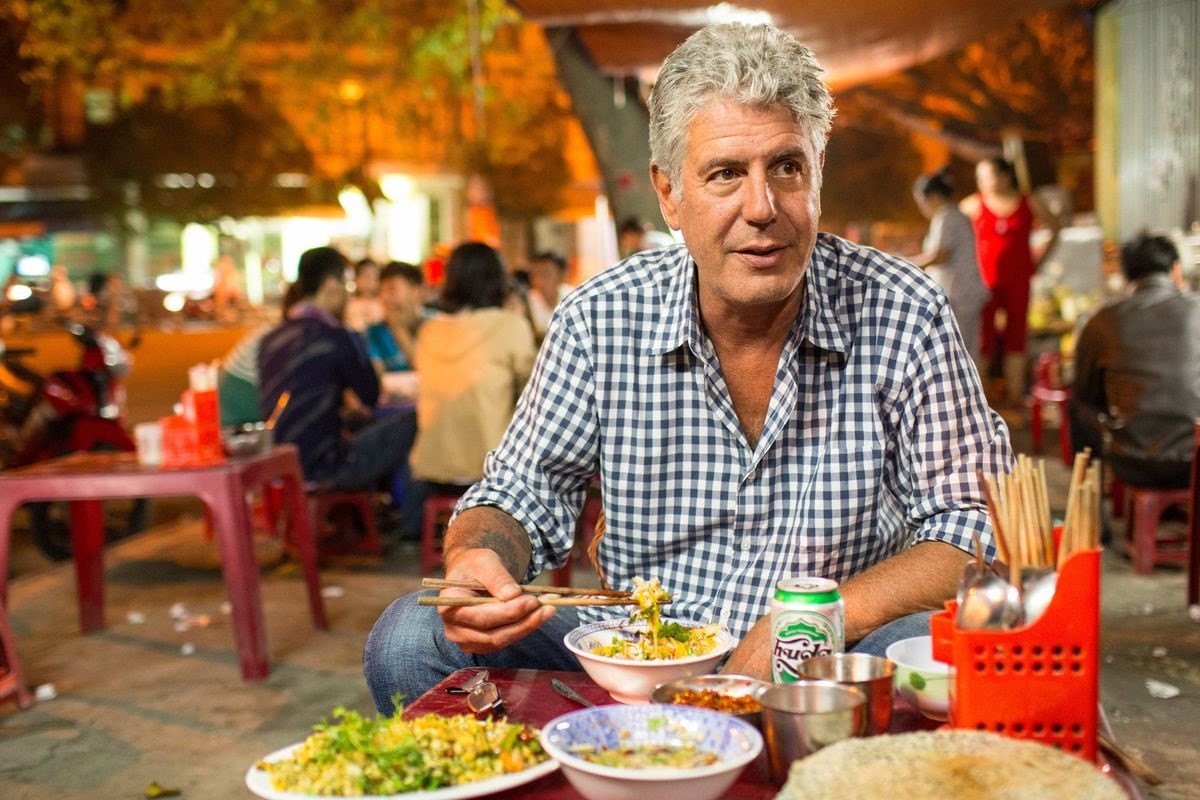Discover the Flavors of Vietnamese Cuisine: A Culinary Journey
Introduction to Vietnamese Cuisine
Vietnamese cuisine is celebrated worldwide for its vibrant flavors, diverse ingredients, and harmonious balance. From fragrant soups to delicious noodle dishes, Vietnamese food offers an unforgettable culinary experience. In this article, AVS Travel will guide you through the delights of Vietnamese cuisine and why it’s a must-try on your next trip. Prepare for a journey through exotic flavors and culinary traditions of Vietnam.

A Culinary Extravaganza: Vietnamese Cuisine
Vietnamese cuisine is rich and varied, boasting around 500 national dishes. It is known for its high vitamin content and low calorie count. Rice is a cornerstone of Vietnamese culture, appearing in many forms, whether as a side dish, rice noodles, or rice cakes.
The Essence of Vietnamese Cuisine
Rice: The Heart of Vietnamese Meals
Rice is integral to Vietnamese meals, serving as a staple in many dishes. It’s enjoyed in various forms, including steamed rice, rice noodles (bánh phở), and rice cakes (bánh chưng). This humble grain not only forms the basis of many traditional dishes but also embodies the essence of Vietnamese culinary traditions.
Nuoc Mam: The Soul of Vietnamese Flavors
Nuoc mam, a fermented anchovy sauce, is a fundamental condiment in Vietnamese cooking. It adds a distinctive umami flavor, enhancing the aromas of dishes. This savory sauce is used in countless recipes, from dipping sauces to marinades, reflecting its pivotal role in Vietnamese cuisine.
Seafood: A Maritime Influence
Vietnam’s extensive coastline influences its cuisine significantly. Fresh seafood, including shrimp, crab, mussels, and squid, is a staple in many dishes. These ingredients bring a refreshing and delightful taste to Vietnamese food, showcasing the country’s rich maritime resources.
Herbs and Vegetables: Fresh and Flavorful
Herbs and vegetables are essential in Vietnamese cuisine. Aromatic herbs like mint, cilantro, chives, and lemongrass are used to enhance flavors and add freshness to dishes. Vegetables such as bean sprouts, bamboo shoots, water spinach, and eggplant are commonly included, contributing to the vibrant and healthful nature of Vietnamese food.

Affordable and Delicious: Vietnamese Street Food
Diverse and Affordable Street Food
Vietnam is renowned for its delectable and varied street food. From bustling markets to small street vendors, you can savor a wide range of dishes at affordable prices. Enjoy sitting on tiny stools by the sidewalk while sampling local delights, or explore upscale restaurants in major cities like Hanoi and Ho Chi Minh City, where you can indulge in refined Vietnamese cuisine.
Typical Vietnamese Meals
- Breakfast: Start your day with Pho (beef or chicken) or sticky rice.
- Lunch: A typical lunch consists of three dishes: rice, vegetables, and pork or fish.
- Dinner: Dinner is often similar to lunch or breakfast, offering the same delightful flavors and options.
Culinary Characteristics of Vietnamese Culture
Serving Style: The Vietnamese Dining Experience
In Vietnamese dining, all dishes are served simultaneously on the table, and each person helps themselves using their small bowl. This communal approach encourages sharing and enjoying a variety of flavors in one meal.
Balance in Flavors: The Yin and Yang of Vietnamese Cuisine
Vietnamese cuisine follows the principle of balance, incorporating both meat and fish in most meals. This principle reflects the concept of Yin and Yang, aiming for a harmonious blend of flavors and ingredients.
Desserts: Simple Yet Satisfying
Desserts in Vietnamese cuisine are typically simple and fruit-based. While elaborate pastries are rare, fresh fruits like bananas, pineapples, watermelons, passion fruits, jackfruit, and mangoes are commonly enjoyed as desserts.

Refreshing Beverages
Vietnamese Tea: A Cultural Staple
Green tea is a significant part of Vietnamese culture, served throughout the day and during various occasions. It’s more than just a drink; it’s a tradition that accompanies both relaxation and social gatherings, enriching daily life with its calming properties.
Vietnamese Coffee: A Unique Experience
Vietnamese coffee, brewed using an individual filter, offers a unique and robust flavor. The slow drip process creates a strong coffee, often enjoyed with sweetened condensed milk, offering a distinctive taste experience.

Fresh Fruit Juices: A Refreshing Choice
Fresh fruit juices are popular in Vietnam, providing a healthy and refreshing option. From juicy oranges to sweet pomegranates, these natural beverages offer a delightful break from the tropical heat.
Local Beers: A Classic Choice
Local beers like Bia Hanoi or Saigon Bia are popular table drinks in Vietnam. Light and refreshing, these beers complement Vietnamese dishes perfectly and are a favorite during meals with friends and family.

Regional Culinary Traditions
Northern Vietnam: Salty and Savory
In Northern Vietnam, the cuisine is known for its saltier taste compared to other regions. Soups and grilled dishes are prominent, and vegetables are often prepared firm and sautéed. Pho, a noodle soup, is a quintessential dish representing the region’s culinary character.
Central Vietnam: Tangy and Spicy
Central Vietnam’s cuisine is characterized by its tangy and spicy flavors. Influenced by the imperial court and the coastal lifestyle, this region’s cuisine features seafood and reflects a sophisticated palate with a focus on bold flavors.
Southern Vietnam: Sweet and Coconutty
Southern Vietnamese cuisine leans towards sweetness, often using coconut milk in dishes. This region’s food is generously flavored with herbs like mint, basil, and cilantro, and features fruits such as bananas and coconuts. Notable dishes include nem (spring rolls) and bánh xèo (crispy pancakes).

Specialties to Savor
Pho: The Iconic Vietnamese Dish
Pho, especially the beef version, is a national treasure of Hanoi. This aromatic soup features beef broth, tender slices of beef, rice noodles, herbs, and a splash of lime. It’s a dish enjoyed throughout the day, not just for breakfast.
Fried Spring Rolls (Nem)
Known as “cha gio” in the south, “cha ram” in the central region, and “nem ran” in the north, these fried rolls are a beloved Vietnamese dish. Filled with a savory mix of minced pork, shrimp, mushrooms, noodles, and herbs, they are crispy and golden, often served with a nuoc mam dipping sauce.
Vietnamese Fondue: A Communal Feast
Vietnamese fondue involves a hot pot of broth placed in the center of the table, where diners cook pieces of meat, seafood, vegetables, and noodles. This communal dish is both interactive and enjoyable, making it a great way to experience Vietnamese dining culture.
Banh Cuon: Savory Rice Crepes
Banh cuon are thin rice crepes filled with pork, mushrooms, onions, and herbs, served with a sweet and sour dipping sauce. These delicate rolls are a favorite in Vietnamese cuisine.
Banh Bao: Steamed Pork Buns
Banh bao are steamed buns filled with pork, onions, and mushrooms. Soft and fluffy, they resemble a savory brioche and make for a delicious snack or meal.
Banh Xeo: Crispy Vietnamese Pancakes
Banh xeo are crispy, yellow pancakes made from rice flour, stuffed with shrimp, bean sprouts, and herbs. They are typically enjoyed with a fish sauce-based dipping sauce, lime, garlic, sugar, and chili.
Seafood: A Maritime Delight
Seafood is abundant in Vietnamese cuisine, often steamed and paired with a tangy lime-chili-salt sauce. Freshness and simplicity highlight the natural flavors of the seafood.
Roasted Duck: A Flavorful Dish
Roasted duck, glazed with honey, spices, soy sauce, and garlic, is slowly cooked to perfection. This savory and aromatic dish is a festive favorite.
Che: Sweet Vietnamese Desserts
Che is a traditional Vietnamese dessert, with varieties like Che Dau (a liquid dessert made with beans, sticky rice, and coconut milk) and Che Troi Nuoc (glutinous rice balls filled with sweetened beans and served in ginger syrup). These desserts offer a sweet end to a meal.
Rice Wine and Beer: Traditional Beverages
Rice wine, brewed from glutinous rice and fermented with yeast and aromatic herbs, is a popular alcoholic beverage in Vietnam. Light and flavorful local beers are also widely enjoyed.

Conclusion
Vietnamese cuisine offers more than just a meal; it provides a rich cultural experience, exploring diverse flavors and unique culinary traditions. During your next trip, immerse yourself in the vibrant world of Vietnamese food. Discover the delightful dishes, savor the exotic flavors, and experience a culinary journey that promises to be unforgettable. Vietnamese cuisine awaits to enchant your taste buds and offer a memorable dining adventure with every bite.
FAQs
What are some must-try dishes in Vietnamese cuisine?
Must-try dishes include Pho (beef noodle soup), Nem (fried spring rolls), Banh Cuon (savory rice crepes), and Banh Xeo (crispy pancakes). Each offers a unique taste of Vietnamese culinary tradition.
Where can I find affordable Vietnamese street food?
Affordable Vietnamese street food can be found at local markets and small street vendors throughout Vietnam. Cities like Hanoi and Ho Chi Minh City offer numerous options for enjoying budget-friendly and delicious street food.
What is the significance of Nuoc Mam in Vietnamese cuisine?
Nuoc Mam, a fermented anchovy sauce, is a key condiment in Vietnamese cooking. It adds a distinctive umami flavor and enhances the taste of various dishes, making it a staple in Vietnamese kitchens.
Are there any specific dining customs I should be aware of in Vietnam?
In Vietnam, dishes are served all at once, and each person uses a small bowl to serve themselves. It’s also customary to use chopsticks and to share dishes among diners


